
EPA Releases Pesticide and Endangered Species Educational Resources Toolbox
The U.S. Environmental Protection Agency shared the following news release Friday, October 11, 2024, introducing a toolbox of strategies …



El inglés es el idioma de control de esta página. En la medida en que haya algún conflicto entre la traducción al inglés y la traducción, el inglés prevalece.
Al hacer clic en el enlace de traducción se activa un servicio de traducción gratuito para convertir la página al español. Al igual que con cualquier traducción por Internet, la conversión no es sensible al contexto y puede que no traduzca el texto en su significado original. NC State Extension no garantiza la exactitud del texto traducido. Por favor, tenga en cuenta que algunas aplicaciones y/o servicios pueden no funcionar como se espera cuando se traducen.
Inglês é o idioma de controle desta página. Na medida que haja algum conflito entre o texto original em Inglês e a tradução, o Inglês prevalece.
Ao clicar no link de tradução, um serviço gratuito de tradução será ativado para converter a página para o Português. Como em qualquer tradução pela internet, a conversão não é sensivel ao contexto e pode não ocorrer a tradução para o significado orginal. O serviço de Extensão da Carolina do Norte (NC State Extension) não garante a exatidão do texto traduzido. Por favor, observe que algumas funções ou serviços podem não funcionar como esperado após a tradução.
English is the controlling language of this page. To the extent there is any conflict between the English text and the translation, English controls.
Clicking on the translation link activates a free translation service to convert the page to Spanish. As with any Internet translation, the conversion is not context-sensitive and may not translate the text to its original meaning. NC State Extension does not guarantee the accuracy of the translated text. Please note that some applications and/or services may not function as expected when translated.
Collapse ▲
The U.S. Environmental Protection Agency shared the following news release Friday, October 11, 2024, introducing a toolbox of strategies …
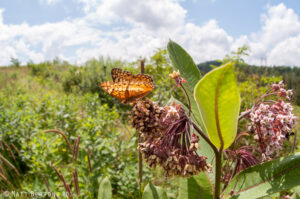
In the aftermath of Helene and the devastation that hit Western North Carolina, our hearts go out to those …
Tropical storms and hurricanes are unfortunate events that are sometimes experienced by people living in North Carolina. Informed decisions …
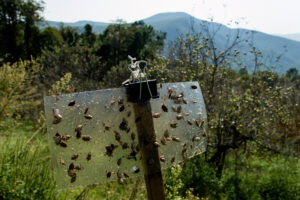
For all practical purposes, brown marmorated stink bug (BMSB) is the only potential pest to be concerned with at …
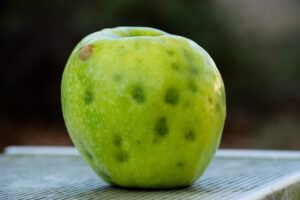
Not much has changed in the past week, with brown marmorated stink bug (BMSB) being the main pest of …
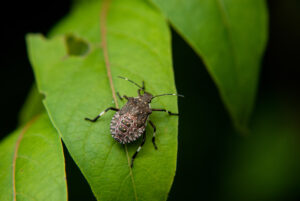
Brown marmorated stink bug (BMSB) remains the key pest of concern. As of August 20, about 45% and 63% …
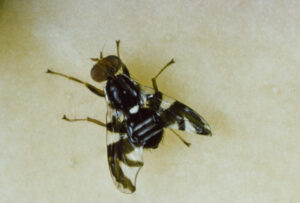
We’re approaching that later-season time period when brown marmorated stink bug and apple maggot are key potential pests. Emergence …
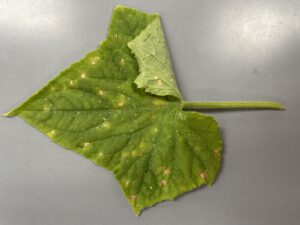
Cucumber downy mildew (CDM) has been confirmed on cucumber plant samples from a research plot at the Mountain Research …
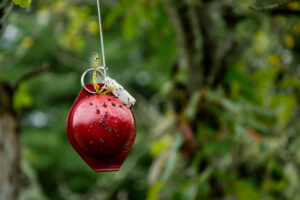
First generation brown marmorated stink bug continues to emerge throughout the region. Temperatures have not been quite as warm …
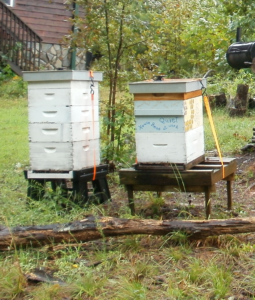
With the track of tropical storm Debby poised to make a significant impact on North Carolina, there are some …
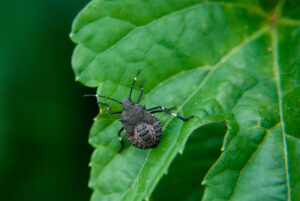
Based on the codling moth degree day (DD) model, emergence of second generation adults is nearly complete in Henderson …
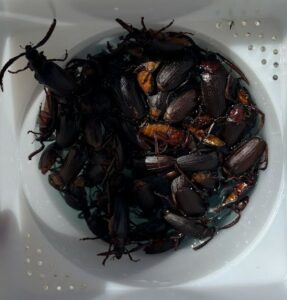
Prionus longhorn beetles, notably Prionus laticollis, Prionus imbricornis, and Prionus californicus (Coleoptera: Cerambycidae), pose significant challenges in agricultural and …
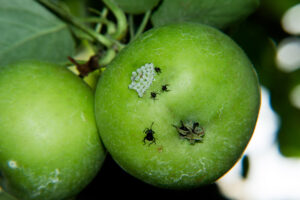
Based on degree-day (DD) accumulations, we remain about 10 to 14 days ahead of last year in terms of …

In late 2008, I planted a demonstration pollinator garden at Chatham Mills to provide forage from early spring to late fall for …
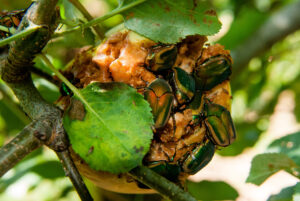
Second generation codling moth is still a potential concern throughout the region. At about 1720 and 2100 degree-day (DD) …
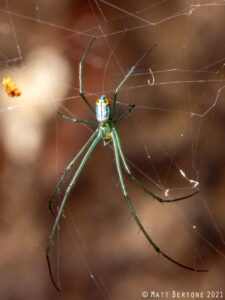
Media outlets all over the country have been hyping “giant invasive spiders that will fly into your local area …
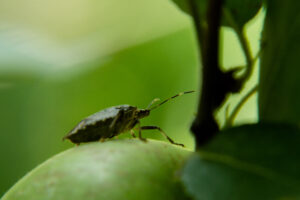
Based on degree-day accumulations, the codling moth degree-day (DD) model predicts that second generation adult emergence is about 30% …

Codling Moth: As summarized in last week’s update, second generation codling moth is the key concern at this time. …
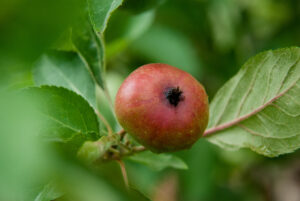
It’s Time for Second Generation Codling Moth Current Conditions: In lower elevation orchards (i.e., less than about 1400 feet, such …
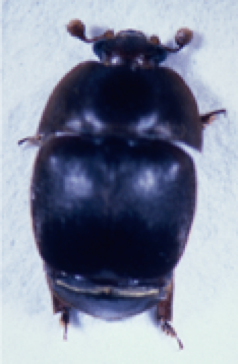
This factsheet describes the small hive beetle, its life cycle and how to prevent infestations …
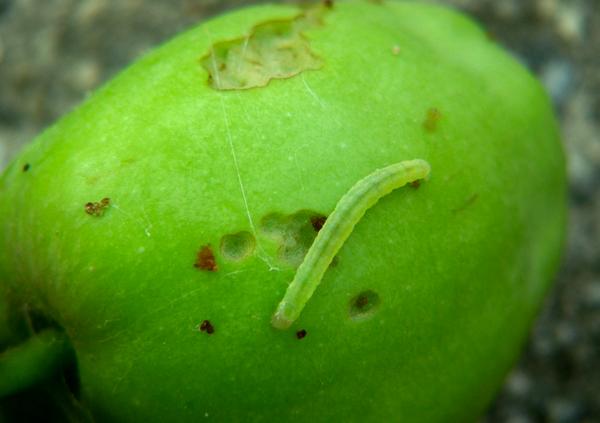
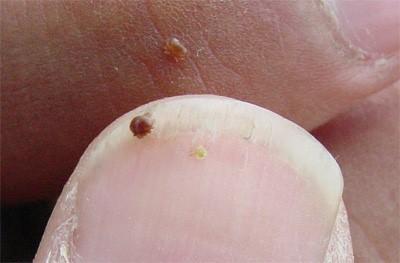
It is the goal of every beekeeper to maintain healthy, productive colonies. This can only …

This manual prepares pesticide applicators for Forest Pest Control Certification exams in the following states: …
To apply restricted-use pesticides to agricultural commodities, you must be certified or be supervised by …

This factsheet offers information on the biology and management of the emerald ash borer, an …

Black root rot impacts a range of woody and herbaceous ornamental plant species primarily in …
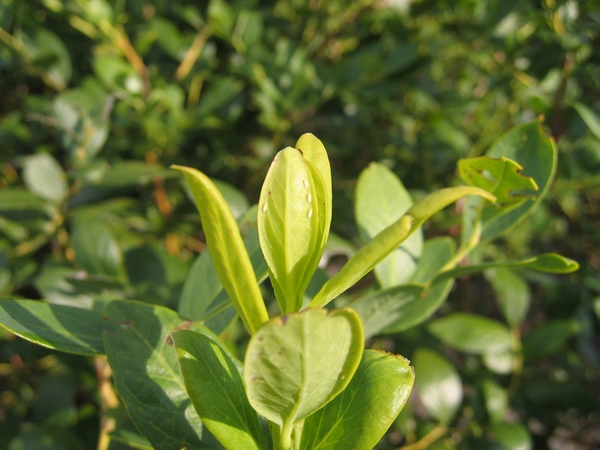
Whiteflies (Hemiptera: Aleyrodidae) are small (< 0.12 inch) and highly diverse insects that feed on …